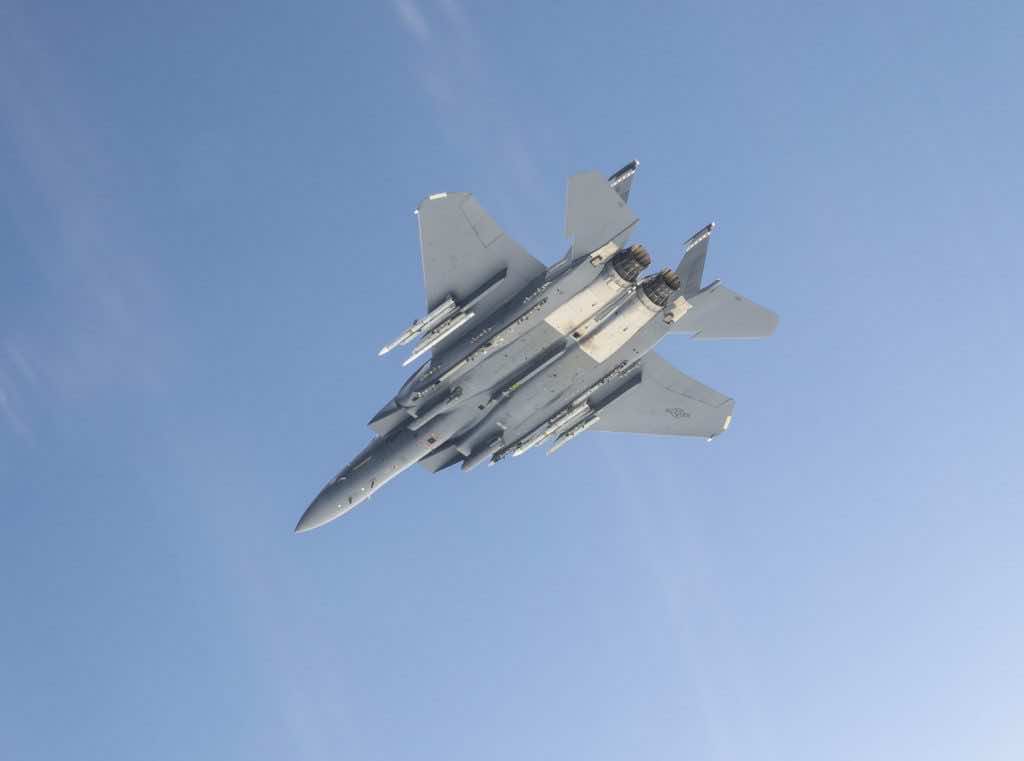The United States Military aims to try out a new next-generation air-to-air missile (AAM) from a fighter plane. The Versatile Adaptive Missile complements numerous other experimental air-to-air missile programmes, most of which emphasize long-range performance; however, we have no clue what spectrum classification this weapons system will belong to at this stage. The Modular Advanced Missile was first mentioned in the United States Air Force’s Research, Development, Test, and Assessment Allowances budget proposal for the fiscal year 2023. The usage of the term “configurable” in the program name is intriguing and may indicate some type of ability to switch out launchers, payloads, and sensors, or at least part of those elements, allowing the basic missile to be adapted for various missions and systems.
France and Russia have both explored the capacity to equip several sensors on the very same air-to-air missile. The Falcon series was the only operating American AAM to provide the same target flexibility back in the 1950s. It would be a highly advantageous feature for a new AAM with a long-range thermal imaging missile, with unique benefits such as passive combat of aerial threats at significant distances and being essentially immune to RF jamming. Data-link advancements have made long-range infrared-guided missiles more appealing, as well as permitting third-party detectors to offer preliminary and immediate post-targeting modifications across vast distances. This may allow even its starting base to stay dormant.
The Air Force may be interested in a reconfigurable rocket engine or booster portion. This would allow for the deployment of weapons of various sizes. For example, an Advanced Medium-Range Air-to-Air Missile designed to fit inside the internal tanks of F-35 and F-22 fighters, or a much bigger, exceptionally long version handled by larger future aircraft such as the B-21 Raider. Even two smaller missiles with no additional boosters or a shorter rocket motor might conceivably fit in the course of a single Advanced Medium-Range Air-to-Air Missile. Because of these tracer and payload configurations, the missile only has to approach within a particular distance of an enemy jet before blowing up its warhead, which throws out a ring-shaped cloud of fragmentation to kill the target. As a consequence, a broader menu of AAMs for different sorts of interactions and systems would be available, but with common parts that would ultimately bring down prices and lessen logistics needs.

